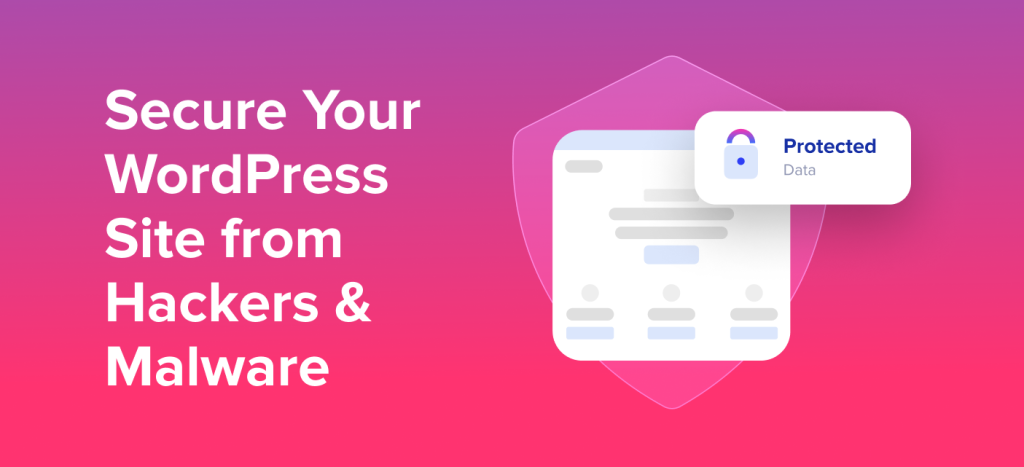How to secure a WordPress website from hackers and malware?

WordPress is one of the most popular content management systems in the world, powering over 40% of all websites. With its ease of use and flexibility, it’s no wonder that so many people choose to use it for their websites. However, with great popularity comes great susceptibility to hackers and malware.
In this article, we’ll take a look at some simple yet effective ways to secure your WordPress website from hackers and malware. We’ll cover everything from choosing a secure hosting provider to implementing security plugins, so you can rest easy knowing your website is safe and secure.
Choose a Secure Hosting Provider
The first step in securing your WordPress website is choosing a secure hosting provider. A good hosting provider will have measures in place to prevent hackers from accessing your website and will regularly update their servers to protect against the latest threats.
For example, WP Engine is a popular hosting provider that offers SSL encryption, daily backups, firewall protection, and malware scanning. They also have a team of security experts who monitor their servers 24/7 to ensure that your website is always secure.
Use Strong Passwords
One of the easiest ways for hackers to gain access to your website is through weak passwords. To prevent this, make sure to use strong passwords that are difficult to guess. A strong password should be at least 12 characters long and include a mix of uppercase and lowercase letters, numbers, and symbols.
For example, a strong password could be something like “S3cureP@ssw0rd!” which includes a mix of uppercase and lowercase letters, numbers, and symbols.
Keep WordPress and Plugins Updated
Another way to secure your WordPress website is by keeping your WordPress core and plugins updated. Updates often include security patches that fix vulnerabilities, making it harder for hackers to exploit them.
For example, WordPress 5.8 included several security fixes, including improvements to the block editor, media uploads, and the REST API. Similarly, the popular security plugin Wordfence recently released an update that includes new firewall rules and malware signatures.
Use Security Plugins
There are many security plugins available for WordPress that can help protect your website from hackers and malware. Some of the most popular security plugins include:
- Wordfence: Wordfence is a comprehensive security plugin that includes firewall protection, malware scanning, and login security.
- Sucuri Security: Sucuri Security offers website firewall protection, malware scanning, and blacklist monitoring.
- iThemes Security: iThemes Security includes features like two-factor authentication, malware scanning, and brute force protection.
For example, the Wordfence plugin includes a firewall that blocks malicious traffic, a malware scanner that detects and removes malware, and login security that prevents brute force attacks.
Limit Login Attempts
Brute force attacks are a common way for hackers to gain access to WordPress websites. To prevent this, consider limiting the number of login attempts allowed on your website.
For example, the iThemes Security plugin allows you to set a limit on the number of login attempts and will lock out users who exceed that limit.
Use Two-Factor Authentication
Two-factor authentication is an extra layer of security that requires users to provide two forms of identification before accessing your website. This can include something you know (like a password) and something you have (like a phone).
For example, the Google Authenticator plugin adds two-factor authentication to your WordPress website, requiring users to enter a code from their phone in addition to their password.
Conclusion
Securing your WordPress website from hackers and malware may seem daunting, but it doesn’t have to be. By following these simple yet effective tips, you can ensure that your website is safe and secure.
Remember to choose a secure hosting provider, use strong passwords, keep WordPress and plugins updated, use security plugins, limit login attempts, and use two-factor authentication. With these measures in place, you’ll be well on your way to protecting your website from hackers and malware.